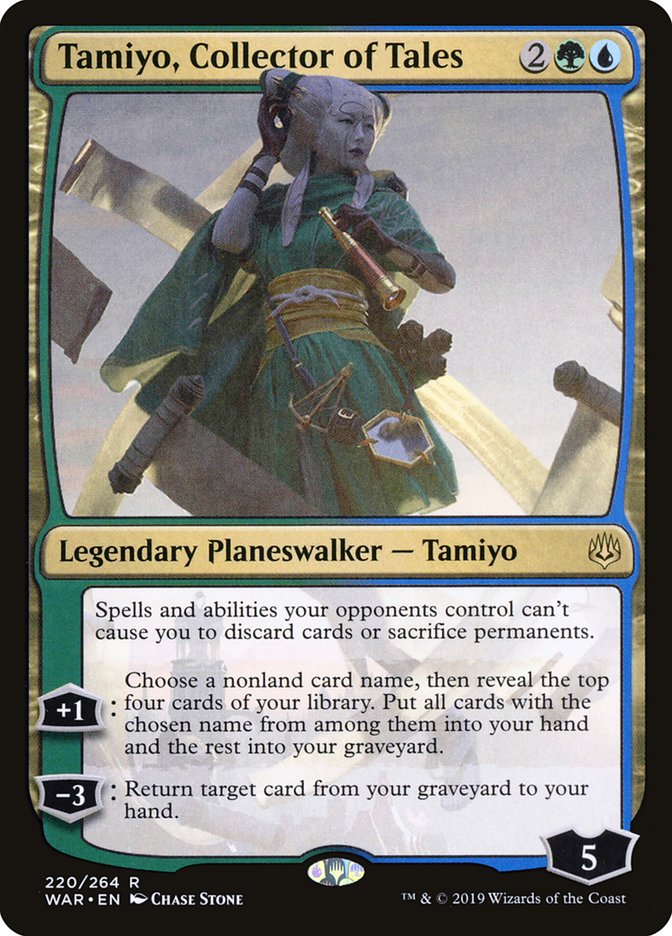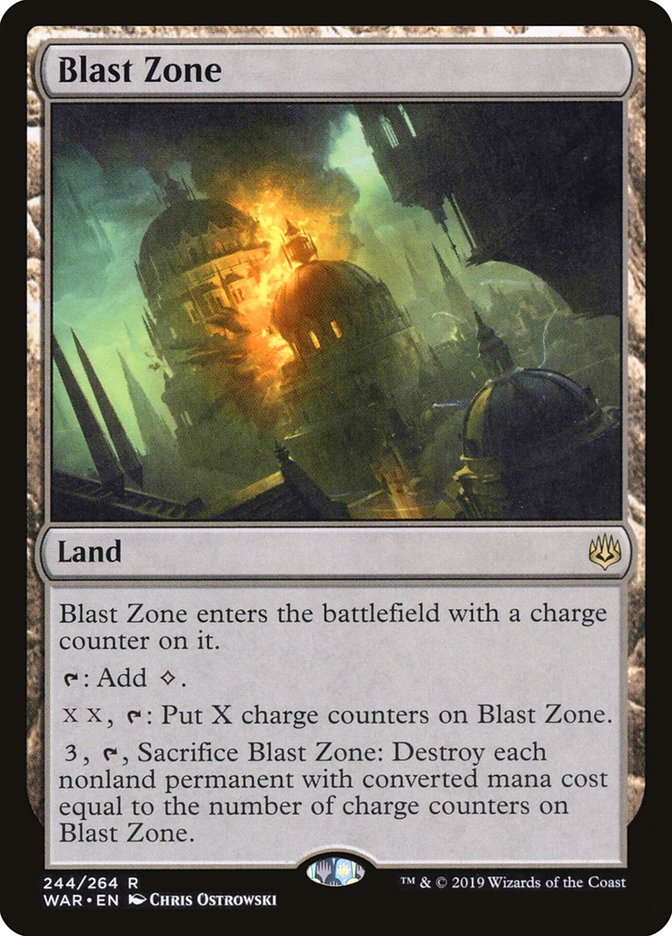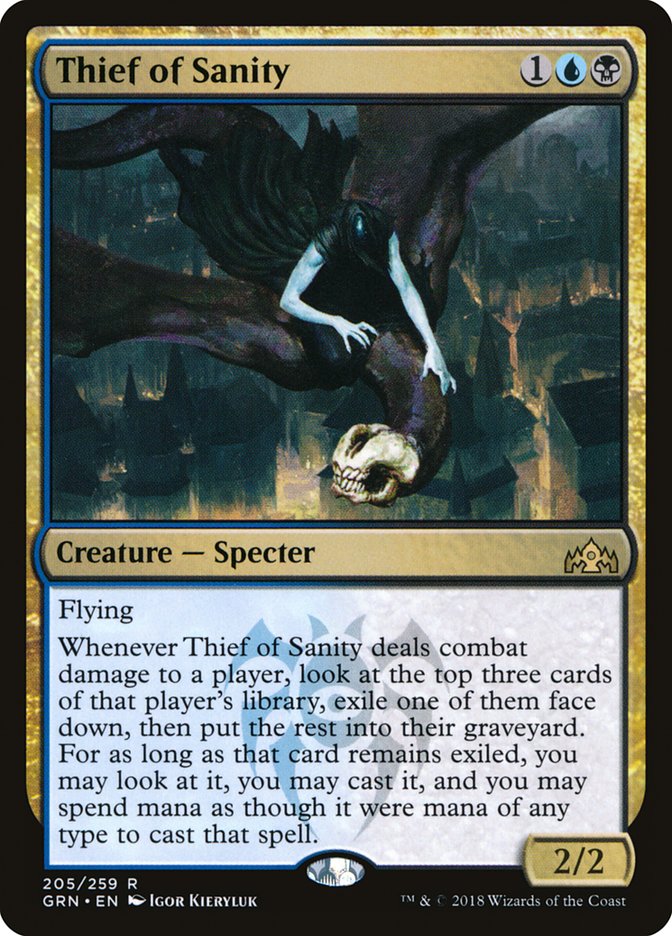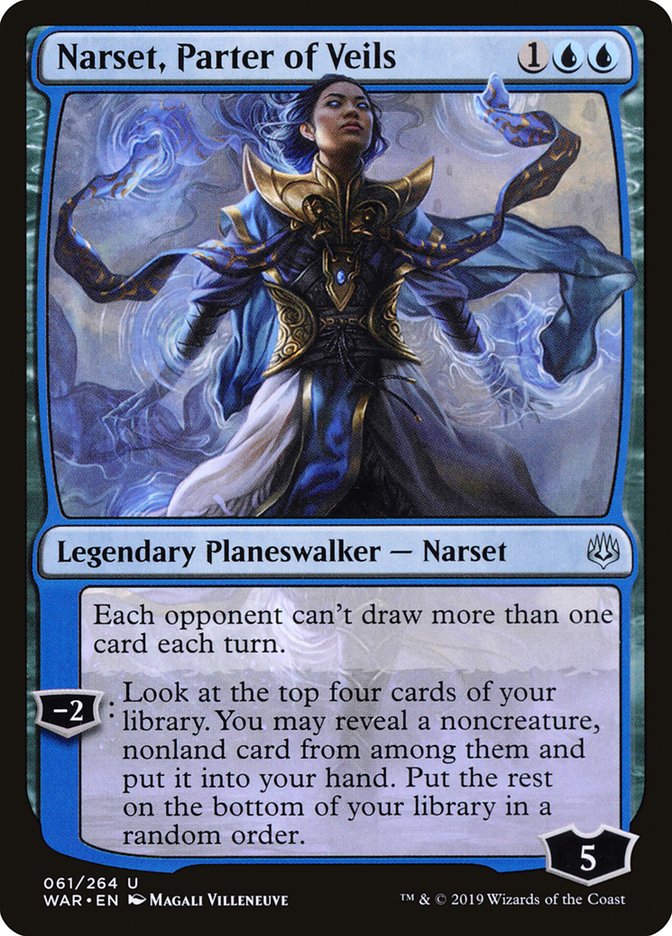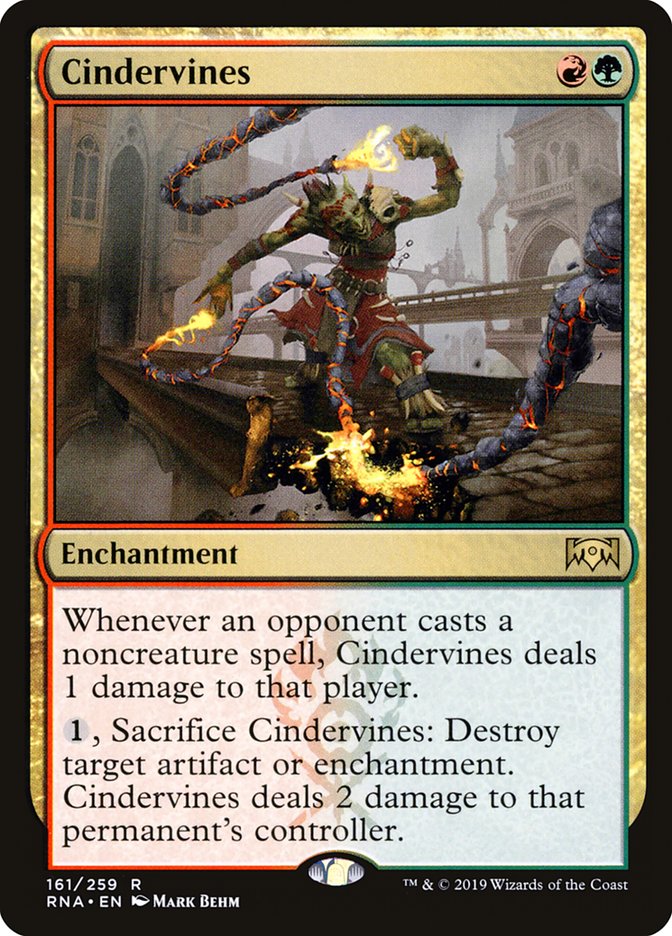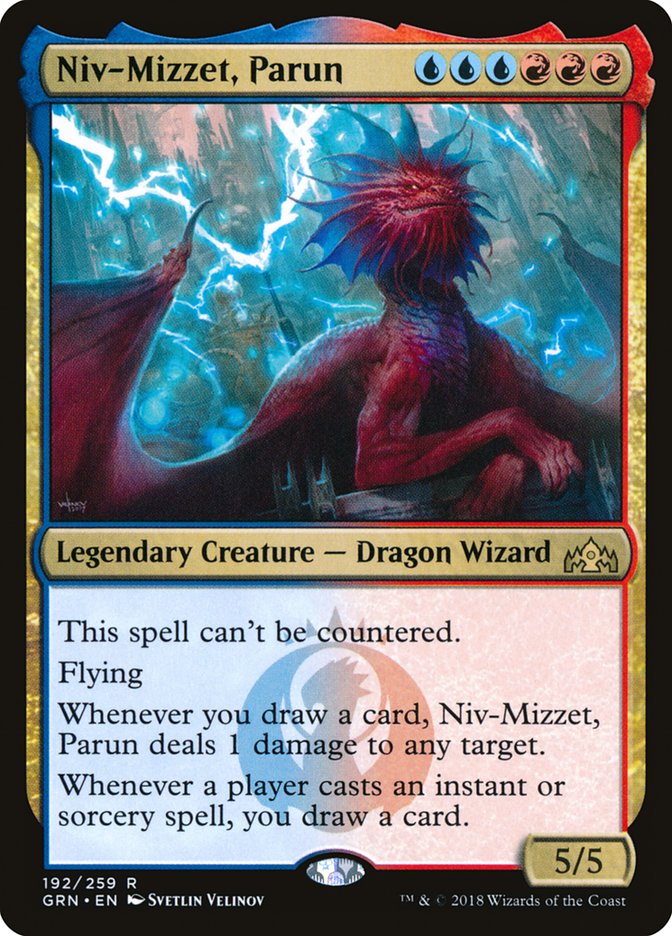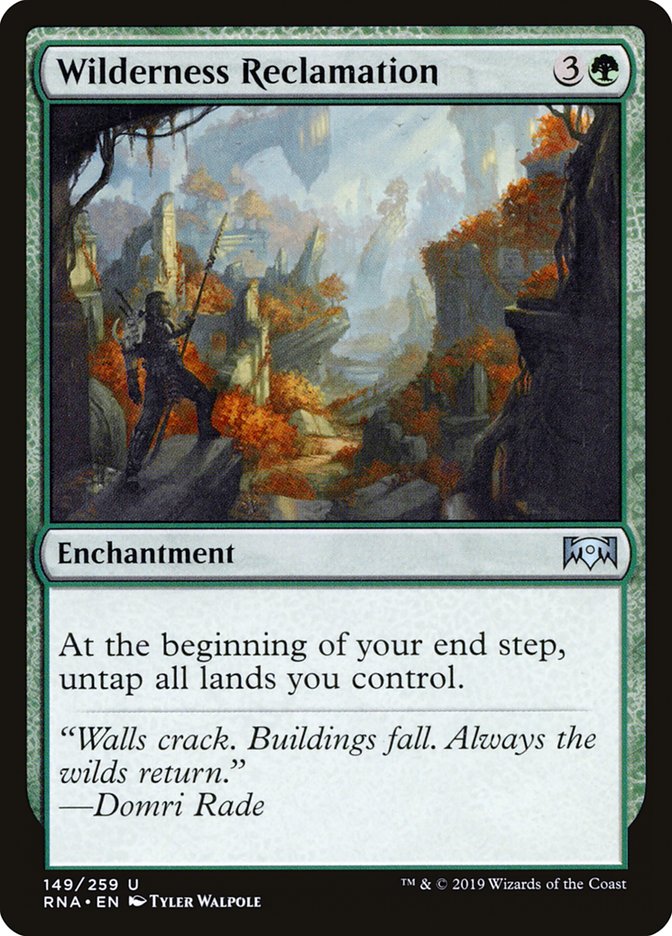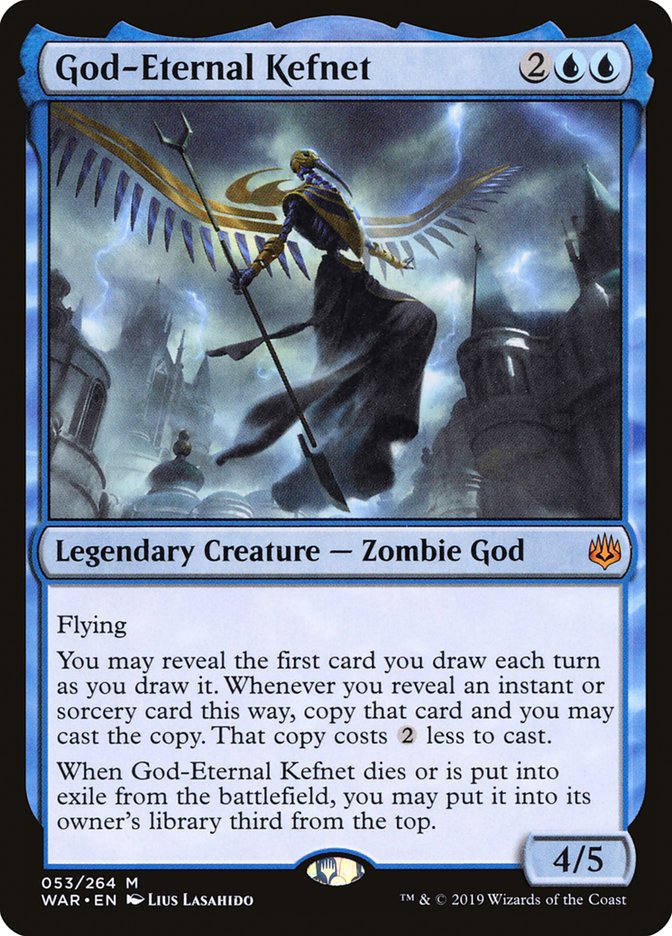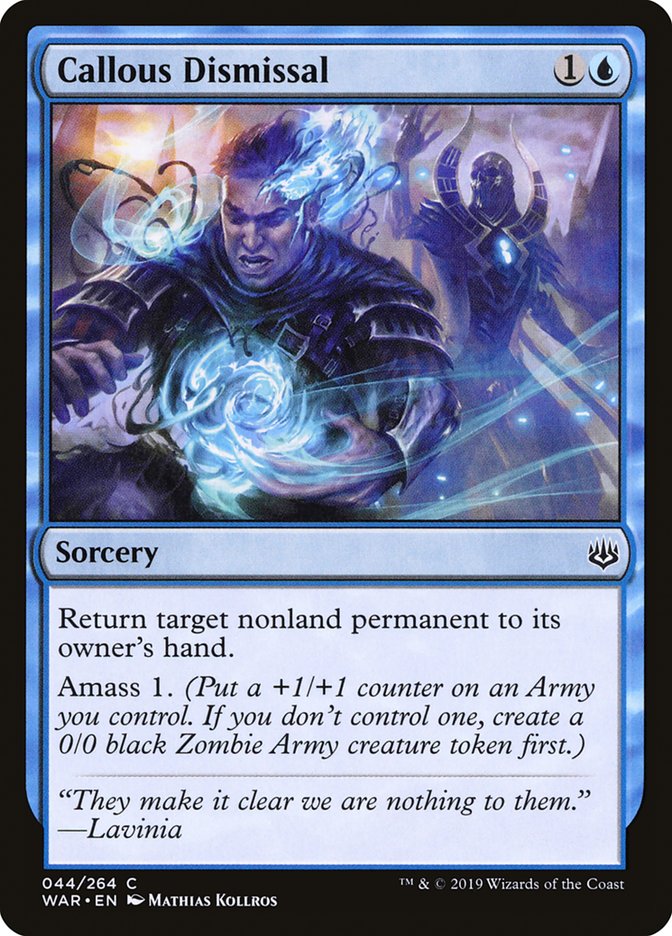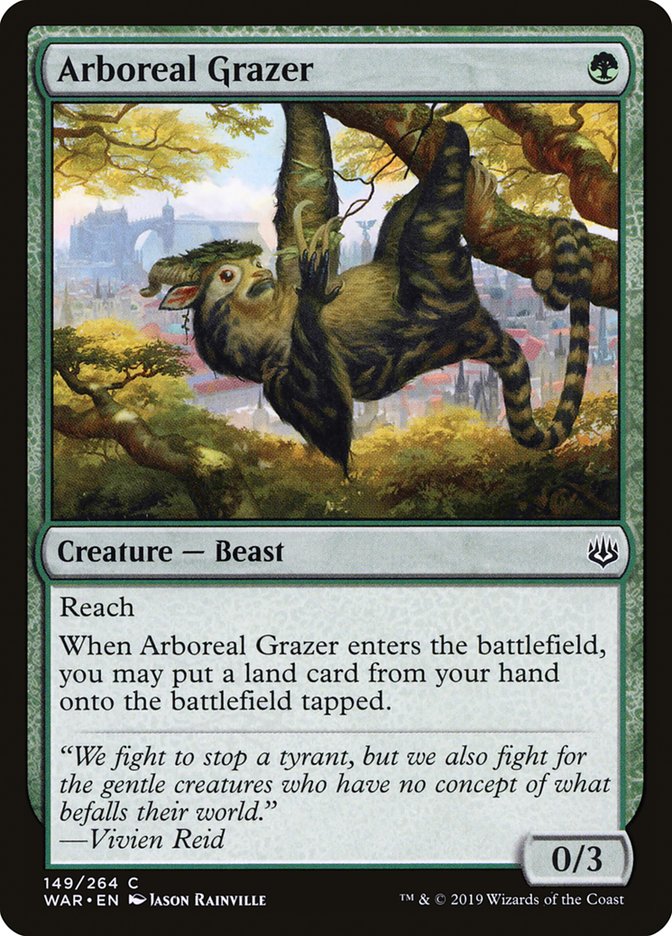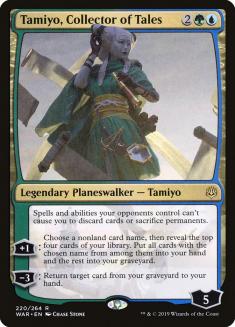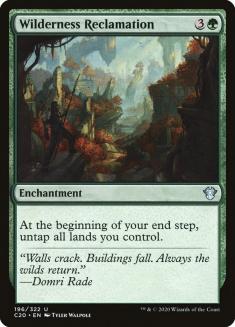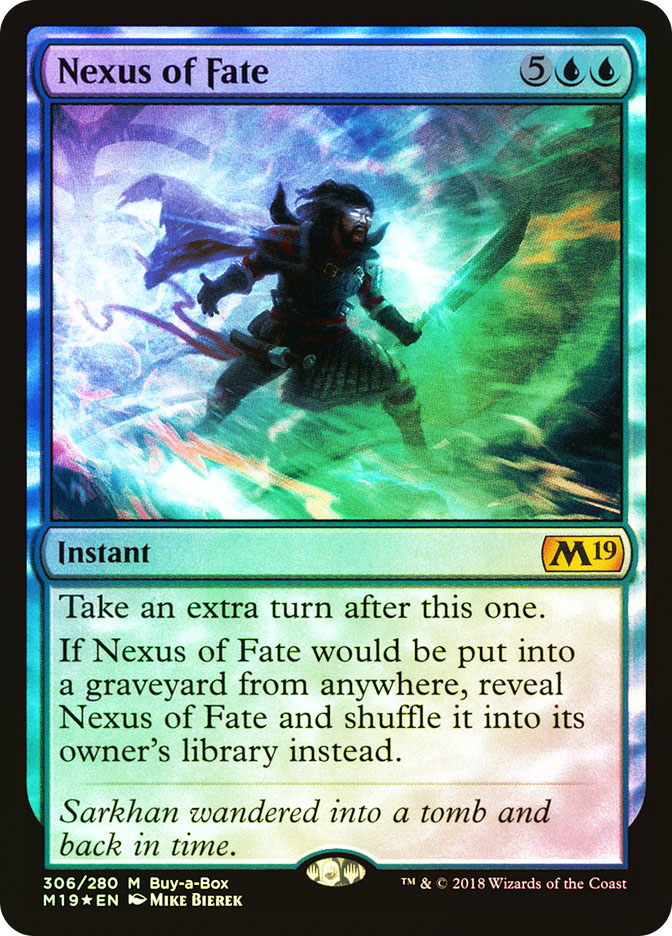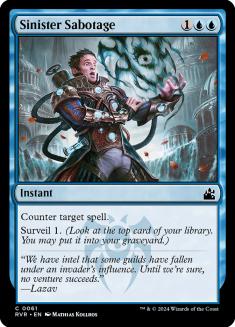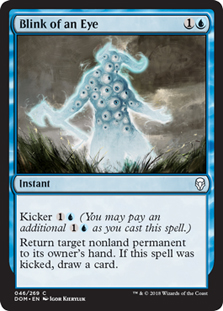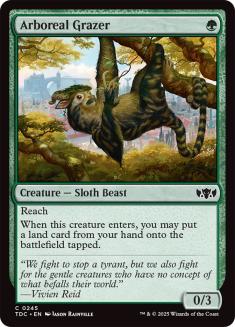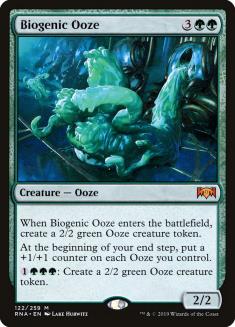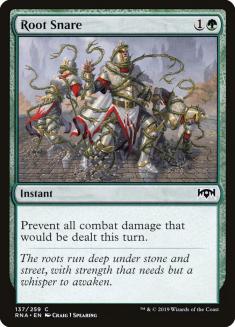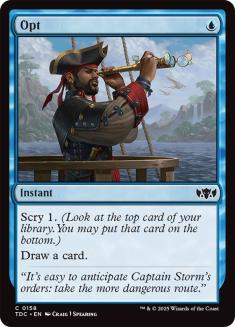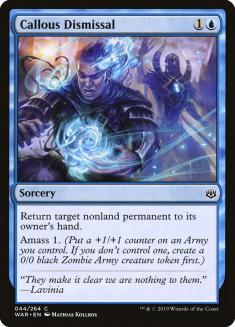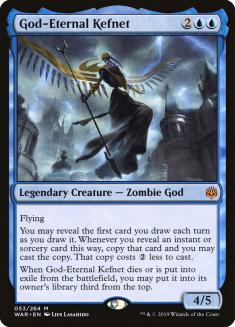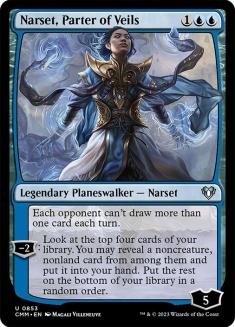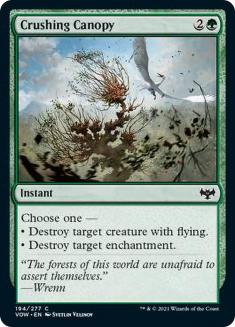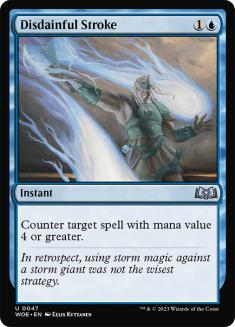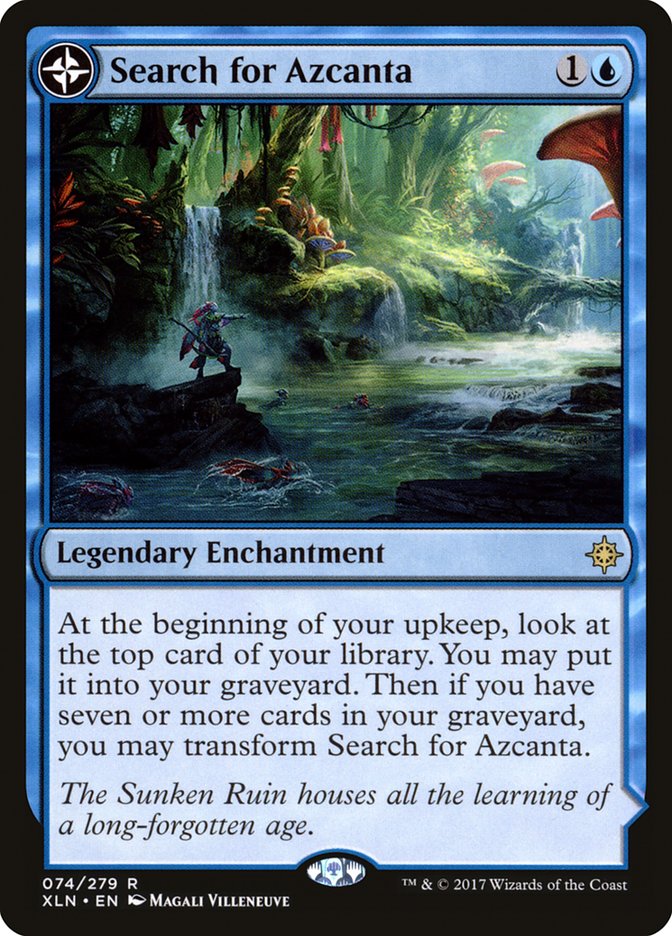As I begin to type up this article, I am currently seated in the Richmond, Virginia airport, putting in some last-minute tweaks on my decklist for SCG Richmond, which, by the time you’ll be reading this, will be in the books. The deck I played, and what I’ll be covering today, looked like this:
Planeswalkers (3)
Lands (25)
Spells (32)
- 4 Opt
- 4 Search for Azcanta
- 1 Blink of an Eye
- 4 Nexus of Fate
- 4 Root Snare
- 2 Sinister Sabotage
- 4 Chemister's Insight
- 4 Growth Spiral
- 4 Wilderness Reclamation
- 1 Callous Dismissal
Sideboard

I’m not sure how well I did yet, but I’d bet that a reasonable amount of players did well with Simic Nexus. Last week, it was the boogeyman heading into Richmond, and I imagine that the deck will be able to use the data from Richmond’s top-performing archetypes to get a better idea on how to sculpt the complete 75-card roster.
A few weeks ago, I wrote about the cards that I expected to have a major impact on the archetype moving forward, and I’m glad I can give myself at least a tiny pat on the back that I spoke at length about two War of the Spark cards that have done the most to elevate the deck to the next level:
Tamiyo, Collector of Tales and Blast Zone have done a lot of heavy lifting to patch some holes in the deck’s core game plan. To speak of Tamiyo, let’s see what I had to say from my previous article, prior to testing:
I hadn’t really put too much thought into Tamiyo up to this stage, but it got me thinking, and it made me tank a bit on how the plus ability would function in a Nexus of Fate deck. Her static ability doesn’t have too much applicability in most cases, but I could see it having some benefit in sideboard games against decks that utilize cards like Duress and Thought Erasure to pick apart your hand. She does notably stop the first chapter of The Eldest Reborn, a card that occasionally sees fringe play, as well.
The plus ability does a good job at digging you towards exactly what you’re looking for (which, in most cases, is more Nexus of Fates). As long as you are meticulous in calculating your odds on finding what you’re looking for, you will either be finding or working towards finding the named card a good percentage of the time. The cards that don’t match the named card end up in your graveyard, so the -3 ability lets you nab a card you might need in a pinch the following turn, very similar to how Karn, Scion of Urza functions.
One thing right off the bat that I was dead wrong about was the impact of her static ability. Thought Erasure decks have seen an uptick in popularity, as Esper Midrange, Grixis Midrange, and Dimir Control have joined Esper Control, which means your hand is getting attacked fairly frequently by the powerful discard spell much more often than before. Many opponents have all but forgotten about her static ability, and many Thought Erasures; Duresses; Angrath’s Rampages; Davriel, Rogue Shadowmage activations; and The Eldest Reborn Chapter 1 triggers have all been put onto the stack, whereupon Tamiyo’s avatar on the Magic Arena battlefield, much to my opponent’s dismay, pulsates red to indicate the negation of the effect.
Though it’s not something I expect to rely on in the future, nonetheless, it still proves potent to opponents who didn’t experience a memory lapse, as delaying the listed effects by even a turn is sometimes all you need to combo off and never give your opponent another turn.
The second half of my analysis was the easy part to predict, as the play patterns were much more obvious. The Regrowth effect on Tamiyo gives the deck the ability to buy back critical pieces of the combo, namely Wilderness Reclamation, which is usually biting the dust the first time around to something like Mortify, Thrashing Brontodon, or Cindervines, as well as countermagic or discard. This creates an enormous conundrum for opponents with no creatures on the battlefield, as now they have Tamiyo, as well as the likely problematic card she returned to your hand, to contend with. This resiliency was sorely missed in Simic Nexus and puts the bind on opponents more than ever before to back up their disruption with pressure in some way.
One observation I failed to take into account is how well her plus ability fuels transforming Search for Azcanta way ahead of typically scheduled. Even if you miss on this ability, dumping four cards into the graveyard to help transform Search again creates this problem where now your opponent, whether they dealt with Tamiyo afterward or not, has to deal with an integral part of your combo online much faster than you used to, especially since Azcanta helps you find…more Tamiyos!
What about Blast Zone?
This card is sure to make waves in multiple formats. Putting what is essentially the ability of Engineered Explosives onto a land is quite potent, and while it is slightly slower overall to put counters on as well as detonate, being able to be played as a land is no small benefit. Typically, Simic Nexus plays one to two copies of Arch of Orazca, so it is possible that some numbers of Blast Zone could supplant those spots.
“Possible that some numbers” would see play missed the mark a little bit, if the lists circulating the internet are any indication.
Blast Zone has, at this stage, has proven itself to be much more than an anti-aggro card for handling one- and two-mana nonland permanents. The ability to maindeck upwards of three copies of a card that can handle any problematic permanent your opponent is employing to slow down your gameplan has proven absolutely instrumental and invaluable for Simic Nexus. Beyond the gang of cheap one-mana creatures Mono-Red Aggro and Azorius Aggro currently employ, let me present you a tiny but important list of cards that make your life a nightmare if left on the battlefield for too long that Blast Zone takes care of for you:
Niv-Mizzet, Parun? Dylan, how the heck are you getting six counters onto your Blast Zone?
Easy.
The natural interaction of being able to place counters onto Blast Zone and then untap it to prime it for immediate use with Wilderness Reclamation has already won me countless games, and, with proper resource management, lets you preemptively place charge counters onto Blast Zone to prepare for cards like Niv-Mizzet, Parun.
Sometimes Thief of Sanity will connect with you before you can charge and detonate Blast Zone to deal with it, but that’s typically fine. Thief of Sanity is frequently regarded as Public Enemy No. 1 for any Nexus of Fate strategy, but Blast Zone makes the power level of Thief drop considerably if it doesn’t resolve on Turn 3 and stick around, which isn’t even a guarantee thanks to cards like Callous Dismissal and Blink of an Eye.
Teferi, Time Raveler is one of the newest, and arguably biggest, thorns in the side of Nexus of Fate decks. Sometimes, Teferi completely ices your hand of countermagic and Wilderness Reclamations if not answered in a reasonable timeframe. A very important note is that Blast Zone with three charge counters on it deals with both Teferi and Thief simultaneously, and while these cards are both very good against Simic Nexus, they both don’t immediately win the game. If you are able to conceal information and navigate games properly, sometimes you can catch both of them at the same time, immediately relieving the pressure they both place on you to deal with them. The same is true of Narset, Parter of Veils.
The best part? You can simply recur Blast Zone with Tamiyo! Now that’s just good deckbuilding!
I cannot leave unsaid that Blast Zone does increase the complexity of the deck ever so slightly by demanding you think ahead of what you will want to use Blast Zone to deal with, allocating excess mana each turn accordingly to preemptively charge it up for when the time to use it comes.
When navigating each of your turns where you have the option to charge up Blast Zone or do something else, think about the urgency with which you’ll need to use it, and try to plan around turns where you’ll have higher increments of two mana to increase the charge counters in multiples. For example, you don’t really want to use the entirety of your Turn 4 to place one counter onto Blast Zone, when you could instead do something else like cast a Chemister’s Insight and then on Turn 5 use that turn to place two counters onto it at once. Now, this gets easier to do with a Wilderness Reclamation on the battlefield, but being able to predict how future turns will play out have become slightly more important.
I’ve talked a lot about Tamiyo and Blast Zone, but some honorable mentions have certainly made their mark in the deck as well:
I’m not going to go as in depth with each of the above cards, as three of them are, to this point, sideboard inclusions, but they all have proven themselves to at least somewhat be role-players in the deck moving forward. God-Eternal Kefnet is a sticky win condition that quickly threatens to take over the game as early as Turn 3 while dodging Negate and Dovin’s Veto, while Arboreal Grazer has found a home as a potent sideboard option against aggressive decks, as the 0/3 body helps you stem the bleeding against the more aggressive decks, while serving a secondary role of providing additional ramp with Growth Spiral to push you to the mid-to-late game much quicker than usual.
Narset, Parter of Veils is a solid mirror breaker and sideboard option against Esper Control by turning off opposing draw spells and digging you to key non-creature spells. Callous Dismissal, most importantly, allows Simic Nexus to streamline the win condition to a two-mana supplement to Blink of an Eye that creates an Army token that you can infinitely recur with Tamiyo’s minus ability after you combo off.
With that, I leave you with a sideboard guide, based on my list at the beginning of the article.
VS Mono-Red Aggro
Out:
In:
VS Esper Control*
Out:
In:
* Note that this list may be over-sideboarded for this matchup. This was a matchup I thought important to pay attention to heading into Richmond. Consider this when making tweaks to the deck moving forward.
VS Simic Nexus**
Out:
In:
**I like the idea of bringing in Kefnet as a way to potential accrue advantage and create an early point of pressure in the mirror to either combo off or answer it before it kills them, as both players are presumably cutting Root Snare.
VS Esper Hero
Out:
In:
VS Azorius Aggro
Out:
In:
The best way to describe how Simic Nexus has evolved to this stage is that it has achieved, simultaneously, a new high in terms of power level and a new low in flashiness. This deck is truly a well-oiled machine now, and I imagine that the deck will only become more tuned as the metagame fleshes out heading into the Syracuse Open in two weeks’ time.


